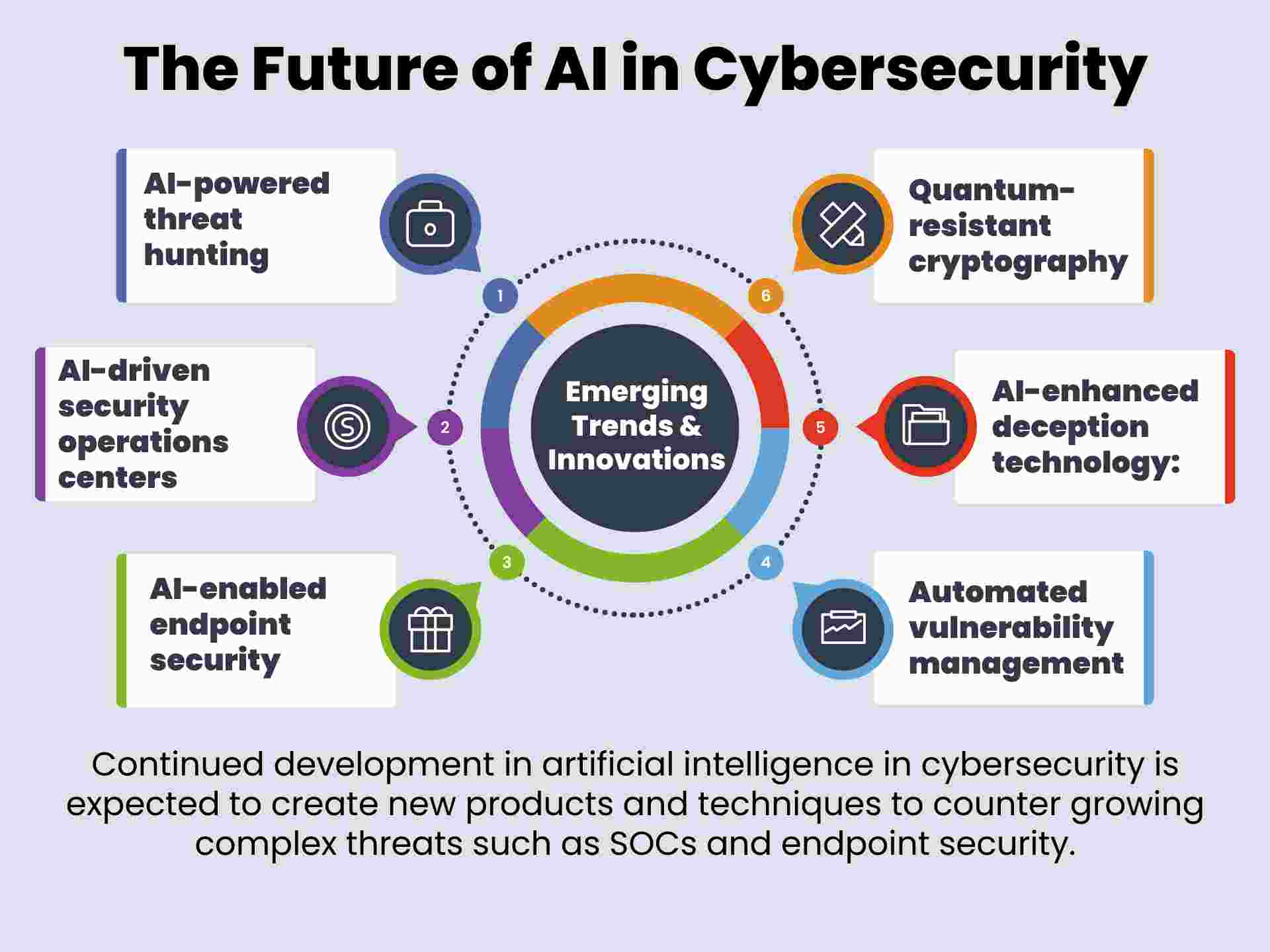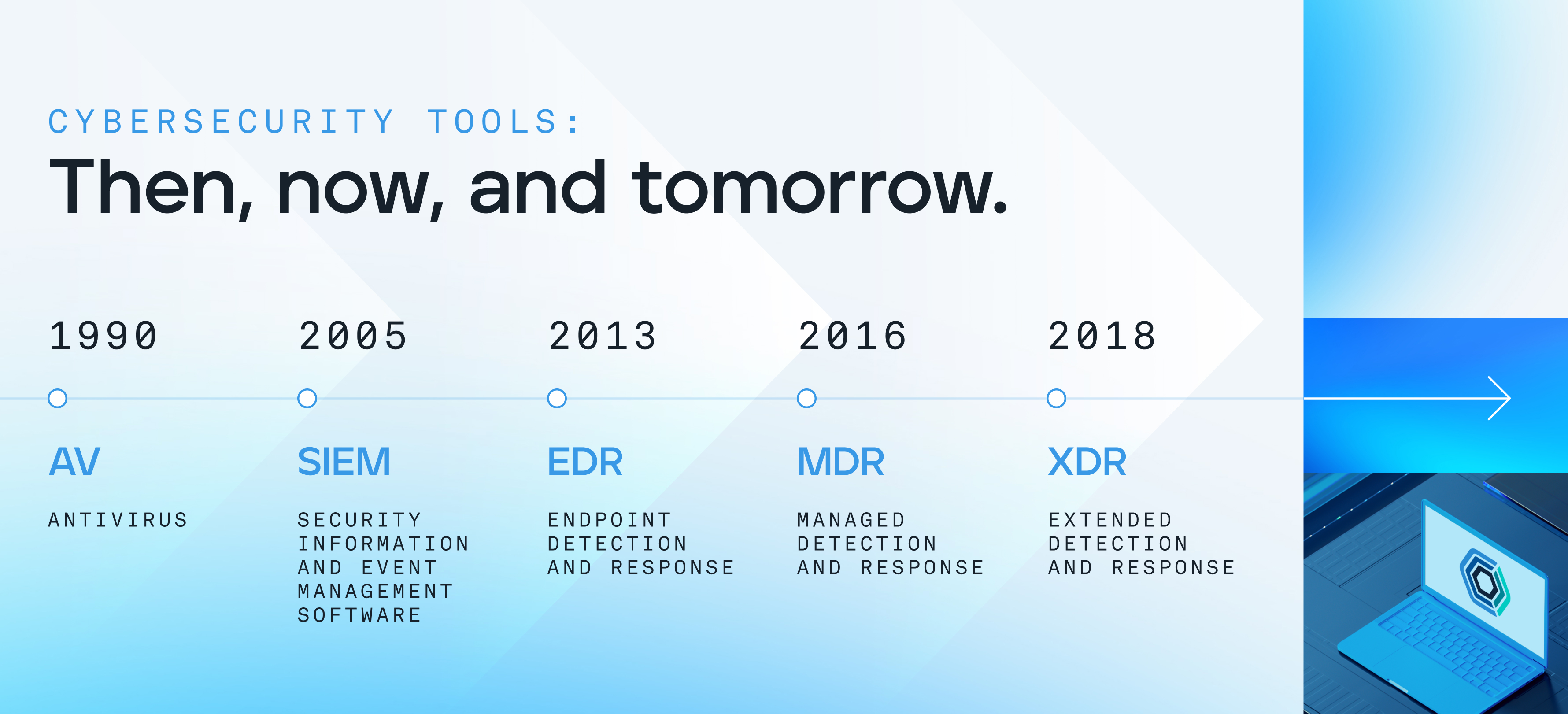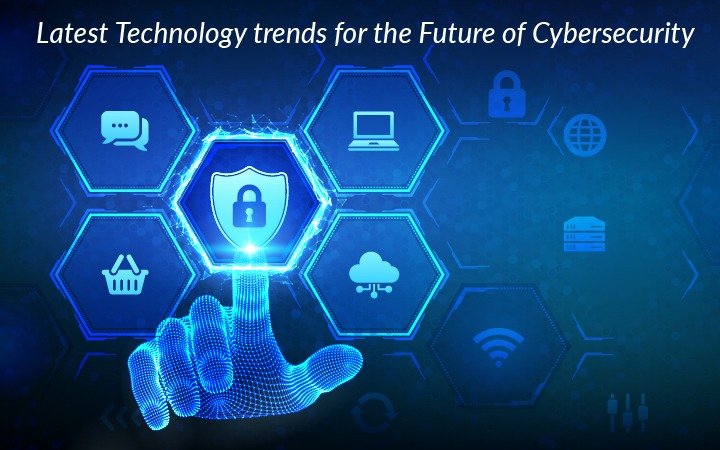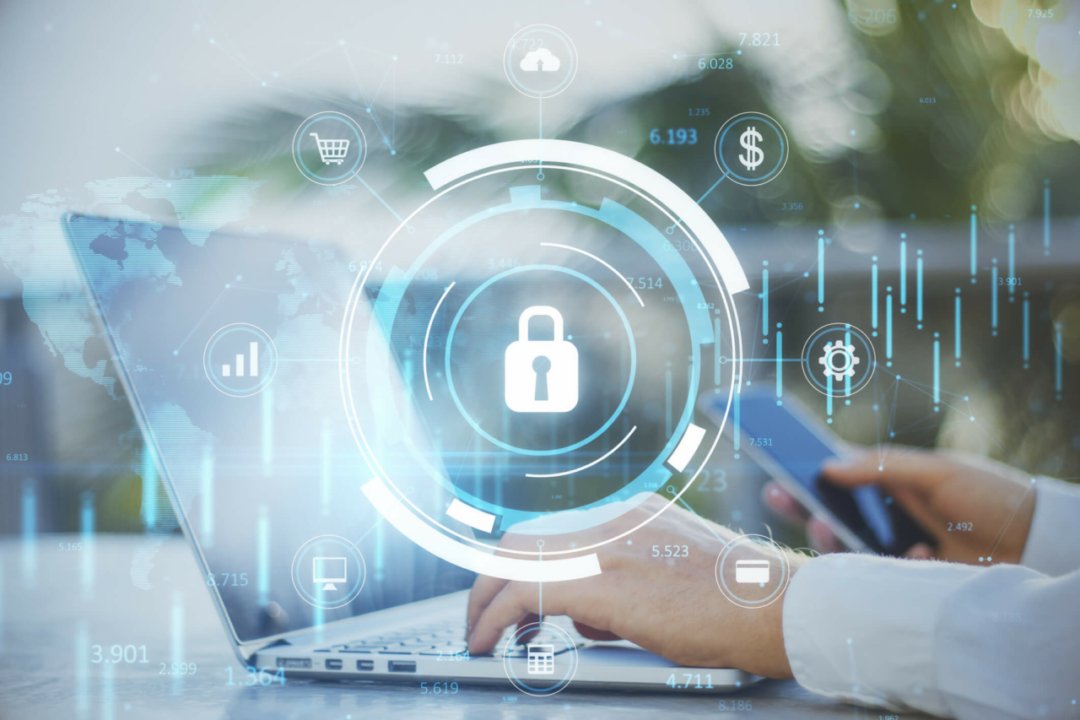
Overview of Cybersecurity Technologies
Definition of Cybersecurity
Cybersecurity encompasses a broad range of technologies and practices designed to protect networks, devices, and data from unauthorized access, theft, or damage. Imagine your home, fortified with locks and alarms, ensuring that no unwanted visitors can get in—that’s the fundamental essence of cybersecurity applied to the digital world.
- Core Elements of Cybersecurity:
- Network Security: Protecting computer networks from intruders.
- Application Security: Securing software applications from vulnerabilities.
- Information Security: Ensuring the integrity and confidentiality of data.
By employing these technologies, organizations aim to breach-proof their information and maintain user trust.
Evolution of Cybersecurity Technologies
The landscape of cybersecurity has dramatically evolved over the past few decades. Initially, cybersecurity focused mainly on preventing unauthorized access to physical systems. However, as technology advanced, so did the strategies and tools employed to combat increasingly sophisticated threats.
- Key Milestones:
- 1990s: Introduction of firewalls and basic intrusion detection.
- 2000s: Emergence of advanced malware and phishing attacks.
- Today: Integration of artificial intelligence and machine learning to predict and mitigate threats.
As the world continues to digitize and integrate technology into daily life, the evolution of cybersecurity technologies remains critical. This ever-changing landscape serves as a reminder that staying one step ahead is vital in the fight against cyber threats.

Current Challenges in Cybersecurity
Data Breaches and Privacy Concerns
With the evolution of technology comes the alarming increase in data breaches and privacy concerns. Just think about it—every time you sign up for a service online, you’re entrusting your personal information to someone else. Unfortunately, many organizations have fallen short in protecting this data, leading to massive breaches.
- Recent Statistics:
- Over 50% of companies reported being victims of a data breach in the past year.
- The average cost of a data breach is estimated at $3.86 million.
These breaches not only affect businesses financially but also erode customer trust, which can take years to rebuild.
Cyber Attacks and Threat Landscape
The threat landscape is constantly shifting, with cyber attackers employing increasingly sophisticated strategies. From ransomware to denial-of-service attacks, the types of threats are diverse.
- Common Types of Attacks:
- Ransomware: Holding data hostage until a ransom is paid.
- Phishing: Tricking users into divulging sensitive information.
As we rely on digital platforms more than ever, understanding these challenges is crucial in fortifying defenses against the relentless tide of cyber threats. Organizations are urged to reassess their security measures continuously, emphasizing a proactive approach to cybersecurity.

Emerging Technologies in Cybersecurity
Artificial Intelligence and Machine Learning
As we delve into the next frontier of cybersecurity, emerging technologies such as artificial intelligence (AI) and machine learning (ML) are making waves. These technologies can analyze vast amounts of data to detect anomalies much faster than human analysts. Imagine having a vigilant guardian who never sleeps!
- Benefits of AI and ML in Cybersecurity:
- Threat Detection: Identifying unusual patterns that may indicate a cyber attack.
- Automated Responses: Quickly mitigating threats without waiting for human intervention.
With AI and ML, organizations can be more proactive rather than reactive, giving them a fighting chance against evolving cyber threats.
Quantum Cryptography and Blockchain
Another exciting avenue involves quantum cryptography and blockchain technology, which promise to revolutionize data security.
- Key Features:
- Quantum Cryptography: Provides theoretically unbreakable encryption by utilizing the principles of quantum mechanics.
- Blockchain: Ensures data integrity and security through decentralized ledgers.
In our globalized world, these technologies can enhance data security and foster trust among users. As the threat landscape grows, embracing such innovations is essential for both organizations and individuals to safeguard their digital assets.

Impact of IoT and Cloud Computing on Cybersecurity
Security Risks in IoT Devices
The rise of the Internet of Things (IoT) has transformed our lives, connecting everything from smart thermostats to wearable devices. While this interconnectedness offers convenience, it also introduces notable security risks. Think about it: every smart device is a potential entry point for cyber attackers.
- Common Risks Associated with IoT:
- Weak Passwords: Many IoT devices ship with default credentials, making them easy targets.
- Inadequate Updates: Unlike traditional computers, IoT devices often lack regular software updates, leaving them vulnerable.
Personal experiences, such as a smart home device being hacked, serve as a wake-up call for many users about these risks.
Cloud Security Solutions
On the flip side, cloud computing offers robust security solutions designed to combat these challenges. By enabling centralized management of data and security protocols, organizations can utilize the cloud to protect their assets.
- Effective Cloud Security Measures:
- Data Encryption: Ensuring that sensitive information is stored securely.
- Access Controls: Restricting user access to sensitive data reduces the risk of breaches.
As we navigate the complexities of IoT and cloud computing, it is crucial for individuals and organizations to implement strong security measures to safeguard against these evolving threats. Embracing this proactive stance will better prepare everyone for a more secure digital future.

Future Trends in Cybersecurity Technologies
Zero Trust Security Model
As we move forward in the cybersecurity landscape, the Zero Trust Security Model is gaining traction as a game-changer. Gone are the days of trusting users inside the network perimeter. Today, the mantra is “never trust, always verify.” This approach radically changes how organizations secure their data and systems.
- Key Components of Zero Trust:
- Identity Verification: Continuous authentication of users and devices.
- Least Privilege Access: Granting minimal access necessary to perform tasks.
Imagine your workplace where every entry point demands verification—this model minimizes the risk of insider threats and external attacks.
Biometric Authentication and Behavioral Analytics
Complementing the Zero Trust approach is the rise of biometric authentication and behavioral analytics. With cyber threats evolving, traditional password systems are proving inadequate.
- Benefits of Biometric Solutions:
- Security: Fingerprints and facial recognition offer a much higher level of security.
- User Convenience: For users, it’s faster and simpler than remembering passwords.
By integrating behavioral analytics, systems can learn user behavior patterns, identifying unusual activities that may indicate threats. Together, these technologies not only enhance security but also streamline user experiences—making it crucial for organizations to adopt them for a robust cybersecurity framework in the future.

Ethical and Legal Implications in Cybersecurity
Data Privacy Regulations
As the digital landscape continues to evolve, data privacy regulations have become increasingly critical. Laws such as the General Data Protection Regulation (GDPR) in Europe and the California Consumer Privacy Act (CCPA) in the U.S. have set standards that organizations must adhere to when handling personal information.
- Key Aspects of Data Privacy Regulations:
- Transparency: Organizations must clearly communicate how they collect, use, and protect user data.
- User Consent: Obtaining explicit permission from users before data collection is now mandatory.
Reflecting on personal experiences, many individuals feel more empowered knowing their data is safeguarded under these regulations.
Ethical Use of Cybersecurity Technologies
Alongside legal aspects, the ethical use of cybersecurity technologies is equally essential. As tools like AI and surveillance systems gain popularity, ethical considerations about their deployment must be addressed.
- Factors to Consider:
- User Privacy: Ensuring that user monitoring does not infringe on personal privacy.
- Bias in Algorithms: Recognizing and mitigating bias in AI algorithms to promote fairness and equity.
Navigating these ethical and legal waters requires vigilance and integrity. Organizations must balance security needs with respecting individual rights to foster trust and accountability in the digital age. Ultimately, embracing these principles will help create a more secure and ethical cyberspace.

